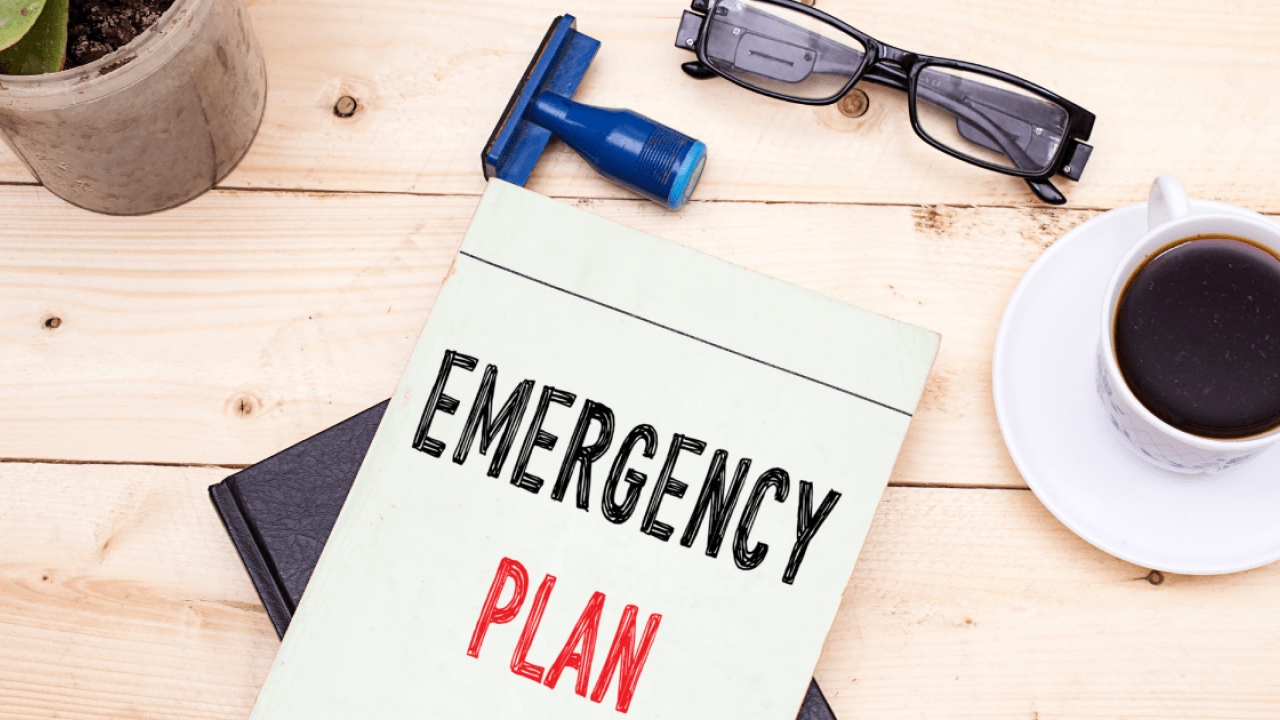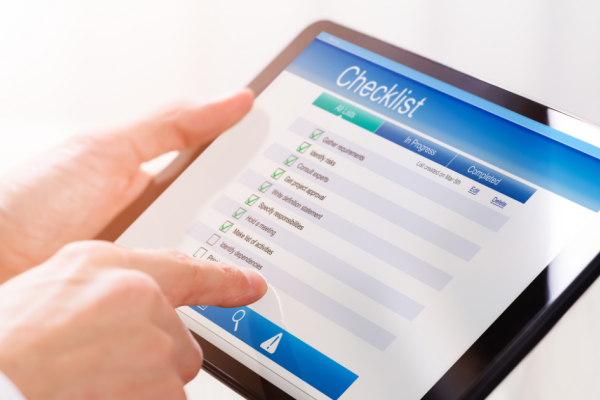

Emergency Planning–Take These Steps To Be Ready for Crisis
Emergency Planning–Take These Steps To Be Ready for Crisis
In March 2020 we were all asked to handle a novel virus epidemic with no experience in this type of crisis, nearly no time to plan, and many more questions than answers. Some churches and non-profit organizations jumped in ready to shift and grow into this long-lasting temporary normal andome were caught off guard. If Covid-19 has taught us anything it’s that we should learn to adapt and be prepared for anything. Good planning, quick adaptation, and some emergency communication will go a long way in times of crisis. While we hope we don’t experience this again, do you have an emergency plan? If not, now’s the time to reflect and plan ahead. If you do already have an emergency plan, maybe now is the time to revisit and revise it, update it with what you’ve learned, and maybe even reflect on how to improve it with the help of technology.
Planning for the Plan
When people panic, what is the one thing those with crisis training know to do or tell others to do? Stay calm. Nothing good comes from overt panic. That does not mean we don’t take emergencies seriously, it means we seriously need to be level-headed during periods of uncertainty and even crisis.
One of the ways to do this is to weigh out the risks and benefits of actions and keep a level head in order to analyze the harm that is in front of us and what we can legitimately do to thwart or avoid the most harm when necessary. This is risk analysis. Not all organizations and communities have the same risks or emergencies so plans need to be relevant to your risks and common emergencies that could or do arise in your area. The important thing is to be thoughtful about the plan, and update it every once in a while.
Planning to have an emergency plan and backups is a first step. An ability to be flexible in the moment is key to successfully handling a crisis when it comes.
What’s In the Plan?
Emergency plans can look different to everyone but a baseline emergency plan should include answers to the following questions:
- Chain of command
- Who is the leader or leadership responsible for executing the plan?
- Who is on the team?
- Who is the backup leader to make final decisions or will decisions be put to a vote, what is plan B for decision making if leader or leaders aren’t available?
- Are there separate groups of teams that make their own decisions?
- Do you have different teams for different categories of emergency? Do those teams know what they’re responsible for?
- Types of Emergencies—Is the organization in a flood zone, experiencing frequent tornadoes, power outages, or frequent violent incidents from locals or rival gangs and tribes (rare for USA but this happens in some locations around the world, missionaries, etc)? Step 2 includes agreeing on the emergency to act from and decide which plan or action needs to be initiated. It is advisable to have a plan of action that’s written down and thought out for addressing the emergency types.
- What is the emergency?
- Do you need a plan for different types of emergencies? There are lots of ways to organize this but here’s just one example of dividing up the plans and action items by category:
- Acts of God – weather, environmental emergencies
- Property Damage – fires, flooding, riots or community violence
- Public Health – flu outbreaks, covid-19 viral outbreaks, measles, lice, and other contagious or spreadable health issues
- Action Items to Consider
- Do you need to get people in the organization to safety immediately, if so what is the exit plan, do your teams know what to do?
- Communicating danger to the parents of children in the building?
- What are your steps for securing the property
- Do you have emergency public agencies phone numbers or contact information handy for emergencies, do teams know what to do?
- Fire station
- Police, emergency, and non-emergency numbers
- Hazard waste cleanup agencies
- What to do if phones or internet are both down and other plan B action items
- Is there an escape or emergency route?
- Do you or organization members know the emergency routes and maps or shelter in place locations? Can they access them easily?
- Additional Ideas
- Create a contact list and create a contact train to check on organization or congregation members to ensure people have or can get to safety
- Prioritize elderly and children in escape or emergency action lists
- Utilize a variety of communication pathways for all members (text alerts, app notifications, email, and voicemails)
- Create a document that answers all of these questions (see some ideas below):
Messaging
So how do we get clear, concise, and calm communication across during an emergency? Here’s a few helpful tips you can use to communicate with your church, non-profit organization or business to alert your audience, members, or teams of changes to situations and act quickly.
- Use all the technology you have at your disposal
- Text messages
- Text alerts
- Social media posts
- Slack, Facebook Messenger, Discord, or other group communication tool or software you already have and use
- Phone chain or team-based communication strategy
- Clear and concise calm communication should be spread out to the teams who need it first from the leader of the organization or heads of teams in charge (see previous chain of command ideas)
- Be sure the communication includes the following basic information:
- Issue being faced
- Who to contact
- Immediate steps for safety or security
- Next steps once the emergency has come to an end of next steps once they are safe or secure
- Trusted resources, maps, routes, or contact information for the organization or congregation members to use for help outside of your organization.
Takeaways
Every organization needs an emergency plan. Furthermore, when an emergency or crisis takes place (as with other major changes, whether temporary- or long term), a review of how it went and how you can improve upon the steps taken is necessary from growing and increasing success of the plan or to better prepare for the next one. What Covid-19 taught many organizations is confusion simply slows down keeping people safe or progressing past the emergency so an up-to-date plan and a clear communication plan is part of keeping your organization or congregation safe and aware.




